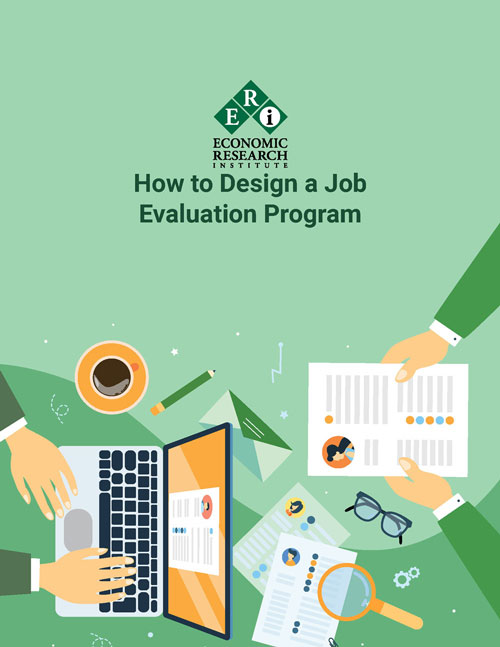The verdict is out on salary reviews. The vast majority of companies now manage a focal point review cycle, while others may desire to eventually transition to a focal point review cycle. Typically, business growth supports the change from an anniversary to a focal review cycle. For more information about how to plan salaries, read ERI’s whitepaper on how to plan salaries.
Focal reviews, also referred to as common date reviews, continue to gain popularity. There are advantages and disadvantages to each type of salary review cycle.
Focal (Common Date) Review Cycle
A focal salary review date is typically conducted at one, fixed date each year for all employees. Occasionally, the process is managed by segmenting employee groups by different focal review dates (e.g., all executive officers = February 1; all employees = April 1).

Anniversary Review Cycle
In the annual review cycle, salary increases are typically managed on the one-year anniversary for each employee from the date of hire or date in the job.

Focal Review Date
So when is the best focal review date? It is a good idea to consider the end of your business year and add two to four months as your focal review date. If your business year ends on December 31, it might be effective to use a March 1 or April 1 focal review date. This allows time for sales to end the business year, the assessment of year-end results, and roll out of the process after the New Year. Management will also appreciate rolling out a focal review process for an organization after the New Year.
Prorated Increases – Year of Implementation
When transitioning from an anniversary review cycle to a focal review cycle, companies will frequently prorate salary increases during the year of implementation from the date of the last review. Sometimes the transition will require a proration over 100% when the last salary review is over 12 months. Keep your proration formula simple for ease of administration. As a best practice, avoid prorated increases by over 125%. A sample proration formula table follows:

Let’s use the table with a hypothetical example:
- Emily was hired 1/15/2014 as an Accountant.
- Her last increase was 1/15/2015.
- Her company is planning to move to a focal review with an effective day of 03/01/2016.
- Depending on the business implementation process, Emily may or may not be eligible for another increase until 03/01/2016.
- If the company’s implementation process includes no 2016 increases until 03/01/2016, then Emily would be eligible for a salary review at that time, with a 14-month proration factor of 117%.
- In this instance, a merit increase of 3% with a 14-month proration factor of 117% would then equal a 3.51% merit increase.
Timetable
Depending on the size of the organization, the process to transition from an anniversary review cycle to a focal review cycle is time-consuming and may require additional systems support. The following timetable captures the typical steps required during the year of implementation:

Successful Implementation
The following steps are essential to a successful implementation:
- Collaborating with key stakeholders.
- Working closely with Finance to assess and budget for the cost of transition and any business issues required to be managed.
- Ensuring that top management approves the program and required expenditures.
- Confirming that your system and/or worksheet accurately calculates and tracks the increases and costs against budget.
- Checking that your workflow is accurate.
- Keeping your Human Resources, Payroll, and Finance teams involved in key decisions made and plans for implementation.
- Communicating well in advance to management so that the required time is allocated to the process.
- Confirming that there is a master communication plan to ensure timely management and employee communications.
Key to Success
Take the time to build a strong business case focusing on the impact to the business, management, and employees. Manage a well-designed process and timeline for a timely, effective focal review implementation. Ensure ample, relevant messaging as you communicate to your stakeholders at each stage of the implementation.
ERI Economic Research Institute compiles the most robust salary, cost-of-living, and executive compensation survey data available, with current market data for more than 1,000 industry sectors. Find our more about why certain businesses use salary surveys over at ERI.
ERI’s Assessor Series® – Solutions for every compensation decision





